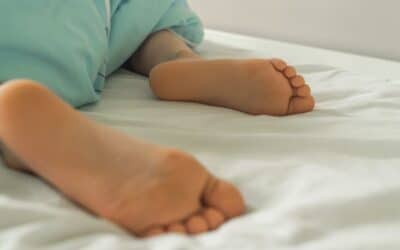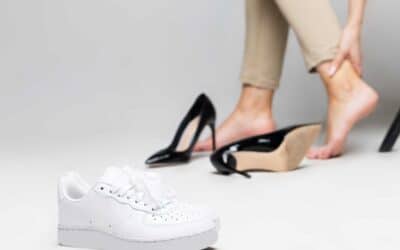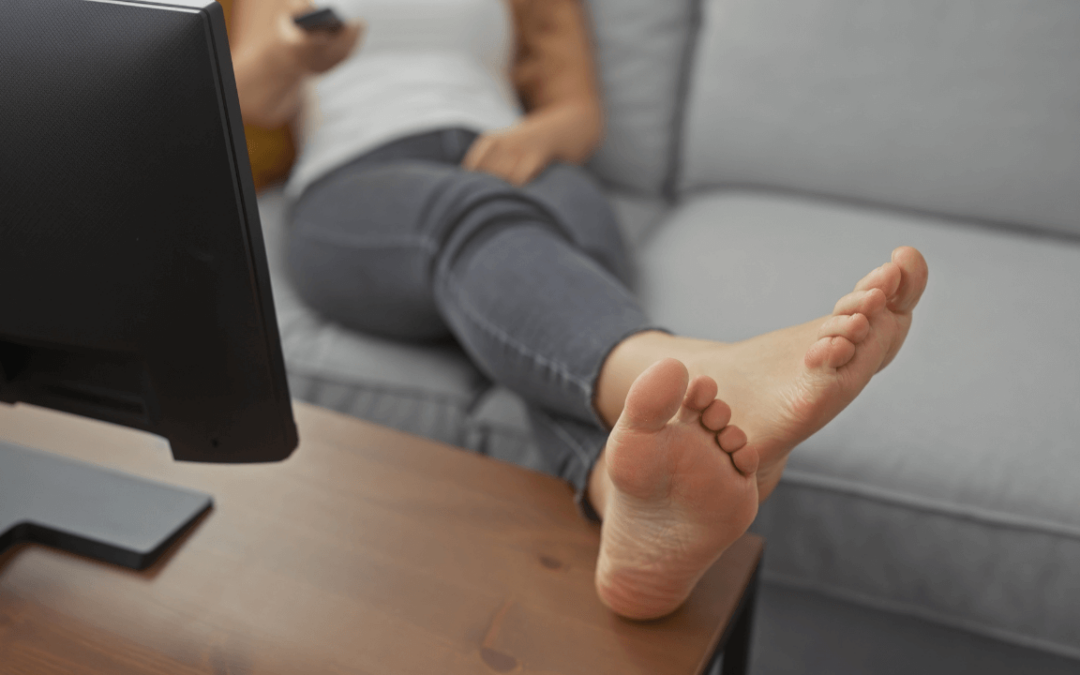Night Splints for Heel Pain: How Do They Work?
Heel pain can be more than just an inconvenience—it can disrupt both sleep and daily activities, making even simple movements painful. For those suffering from persistent heel pain, night splints offer a potential solution. But do night splints work? This blog explores their effectiveness and how they function as a heel pain treatment.
Understanding Heel Pain
Common Causes
Plantar Fasciitis: Plantar fasciitis is one of the leading causes of heel pain, particularly noticeable in the morning. It occurs when the plantar fascia, a thick band of tissue connecting the heel to the toes, becomes inflamed due to overuse, improper footwear, or high-impact activities.
Achilles Tendinitis: Achilles tendinitis affects the tendon connecting the calf muscles to the heel bone, leading to stiffness and pain, especially after prolonged activity. It is often caused by excessive strain or inadequate stretching.
Symptoms and Impact
Heel pain symptoms often include:
- Sharp, stabbing pain, particularly in the morning
- Stiffness and tenderness in the heel
- Increased discomfort after standing or walking for long periods
Impact on Daily Life
Heel pain can significantly affect mobility and reduce quality of life. Simple tasks like walking, exercising, or even standing can become painful, limiting an individual’s ability to stay active and productive.
What Are Night Splints?
Definition and Purpose
Night splints are medical devices designed to keep the foot in a dorsiflexed position overnight. Their primary function is to stretch the plantar fascia and Achilles tendon, reducing morning pain and stiffness.
How They Work
By maintaining the foot at a 90-degree angle, night splints help prevent the plantar fascia from contracting during sleep. This prolonged stretch reduces inflammation and promotes healing over time.
Types of Night Splints
Dorsal Night Splints
Dorsal night splints are lightweight and have a low-profile design, securing the foot from the top while leaving the heel and arch exposed. They are often more comfortable for sleepers who move frequently.
Boot Night Splints
Boot night splints encase the entire foot and lower leg, providing more stability and a stronger stretch. While bulkier, they are often recommended for severe cases of plantar fasciitis or Achilles tendinitis.
Effectiveness of Night Splints for Heel Pain
Several studies have explored the effectiveness of night splints for heel pain. Research has shown that night splints significantly reduce morning pain in individuals with plantar fasciitis. Clinical trials indicate that consistent use over several weeks can lead to noticeable improvements in mobility and pain relief.
Benefits of Using Night Splints
Pain Relief
Immediate Relief: Night splints help prevent the sharp morning pain associated with plantar fasciitis by keeping the foot stretched overnight.
Long-Term Benefits: With regular use, night splints can contribute to long-term pain reduction and improved foot function by promoting tissue healing.
Improved Healing
By keeping the plantar fascia stretched, night splints facilitate healing and reduce inflammation, helping individuals recover faster.
Convenience and Ease of Use
Night splints are easy to use and require minimal effort—simply wear them while sleeping to experience their benefits.
Potential Drawbacks and Considerations
Comfort Issues
Some users may find night splints uncomfortable at first due to their rigid structure. However, most individuals adjust to them over time.
Consistency
For optimal results, night splints must be worn consistently. Inconsistent use may delay improvement or limit their effectiveness.
How to Use Night Splints Effectively
Proper Fit and Adjustment
Fitting Tips: Ensuring a proper fit is crucial for effectiveness. Night splints should be snug but not overly tight, providing support without cutting off circulation.
Adjustment Period: It may take a few nights to get used to wearing night splints. Gradual adjustments, such as wearing them for shorter periods initially, can help ease the transition.
Complementary Treatments
Stretching Exercises
Stretching exercises, such as calf stretches and toe stretches, can enhance the effectiveness of night splints by keeping the plantar fascia flexible.
Physical Therapy
Incorporating physical therapy into a heel pain treatment plan can further improve recovery and prevent future flare-ups.
Night splints are a promising solution for those suffering from persistent heel pain due to plantar fasciitis or Achilles tendinitis. By keeping the foot in a stretched position overnight, they help reduce pain, promote healing, and improve mobility. While they may require an adjustment period, their long-term benefits make them a valuable tool in heel pain treatment.
If you struggle with heel pain, consider trying night splints and schedule a consult with us for personalized guidance.
© Texas Foot & Ankle Center. All Rights Reserved.
Web Design by CP Solutions.
Marketed by VMD Services.



